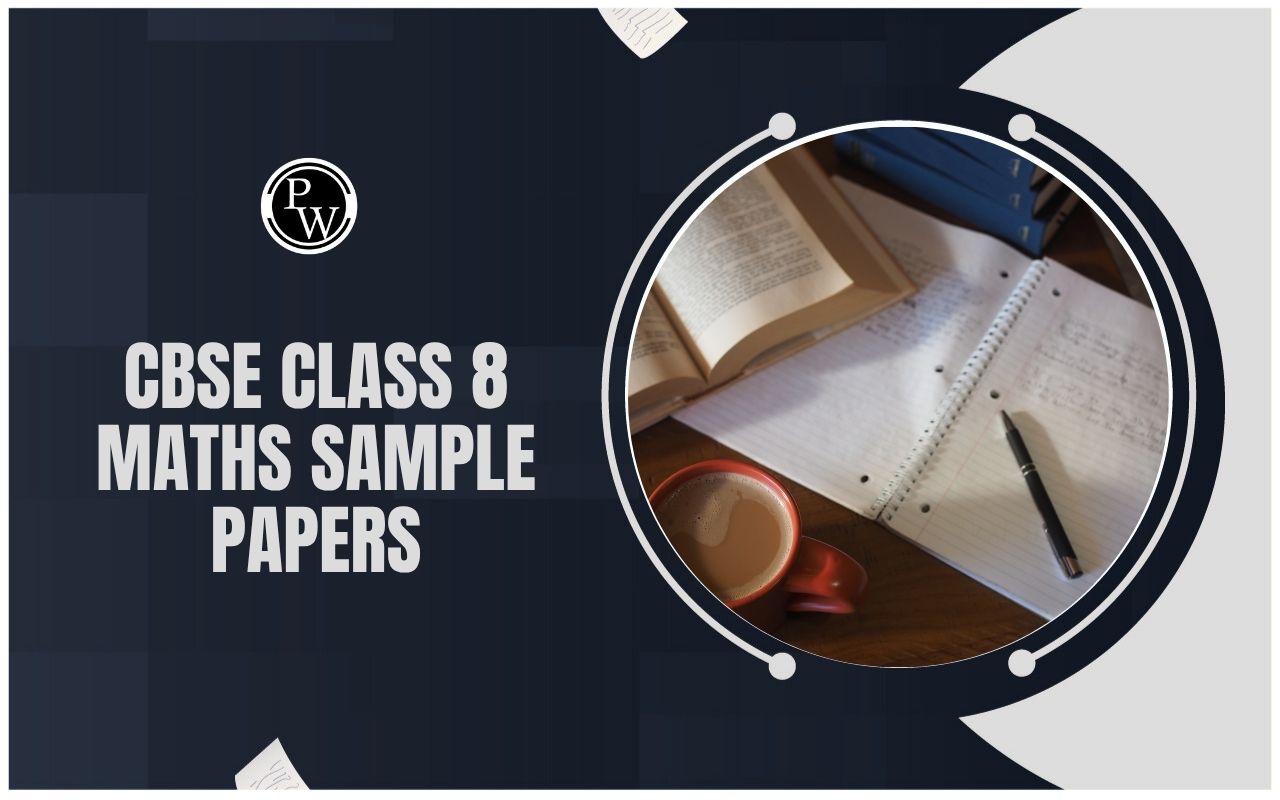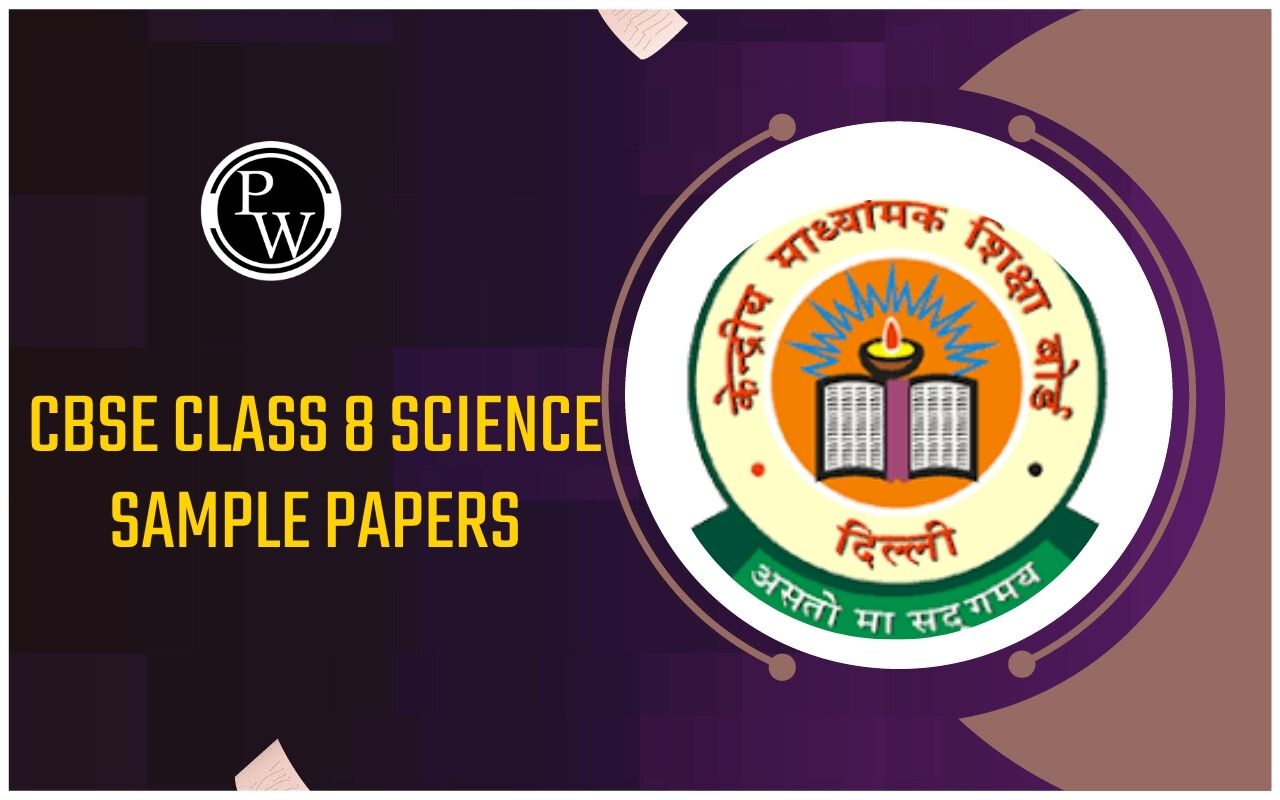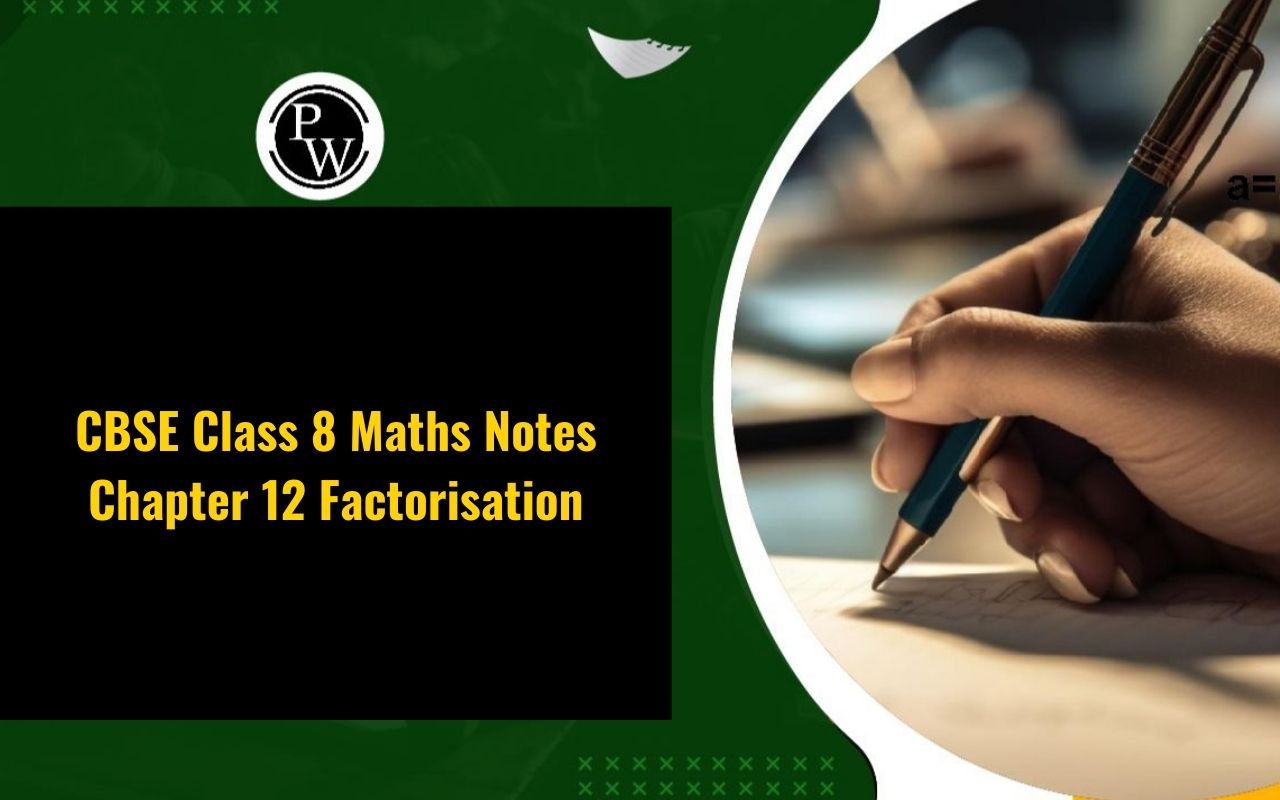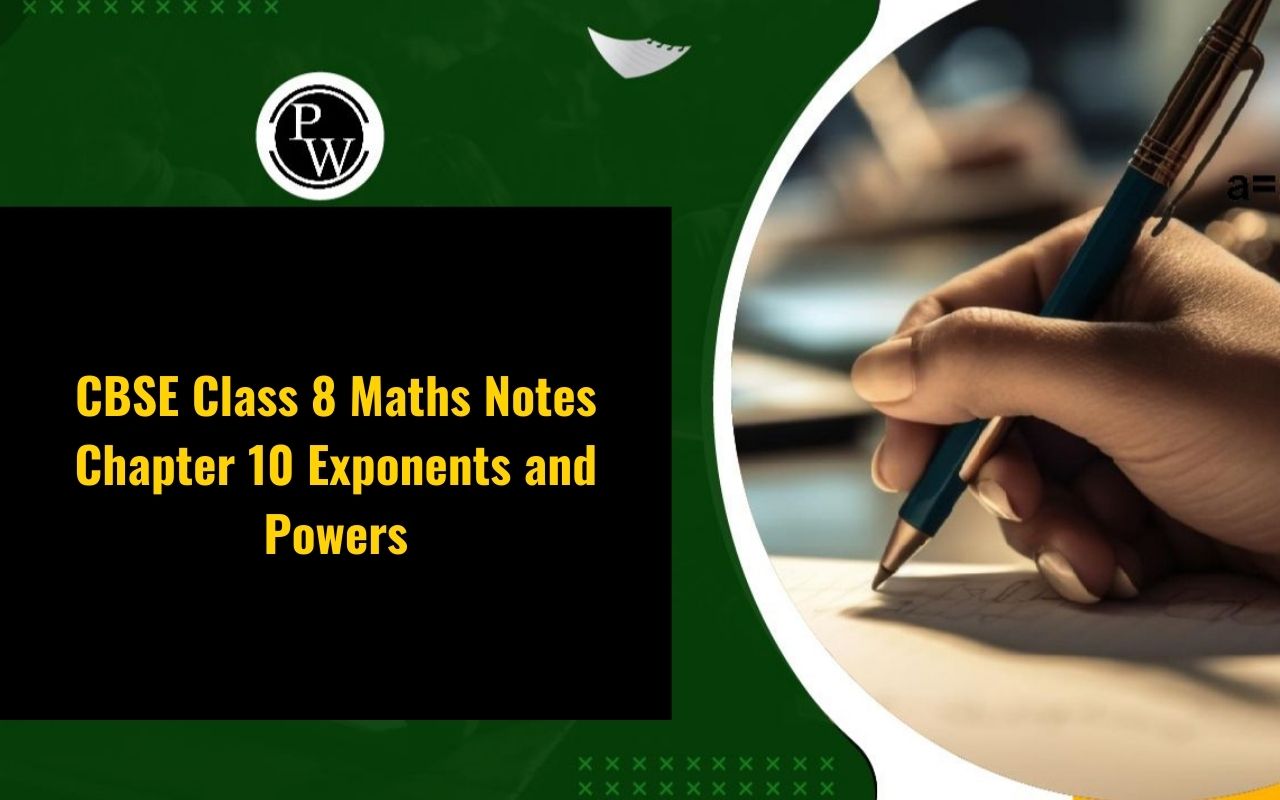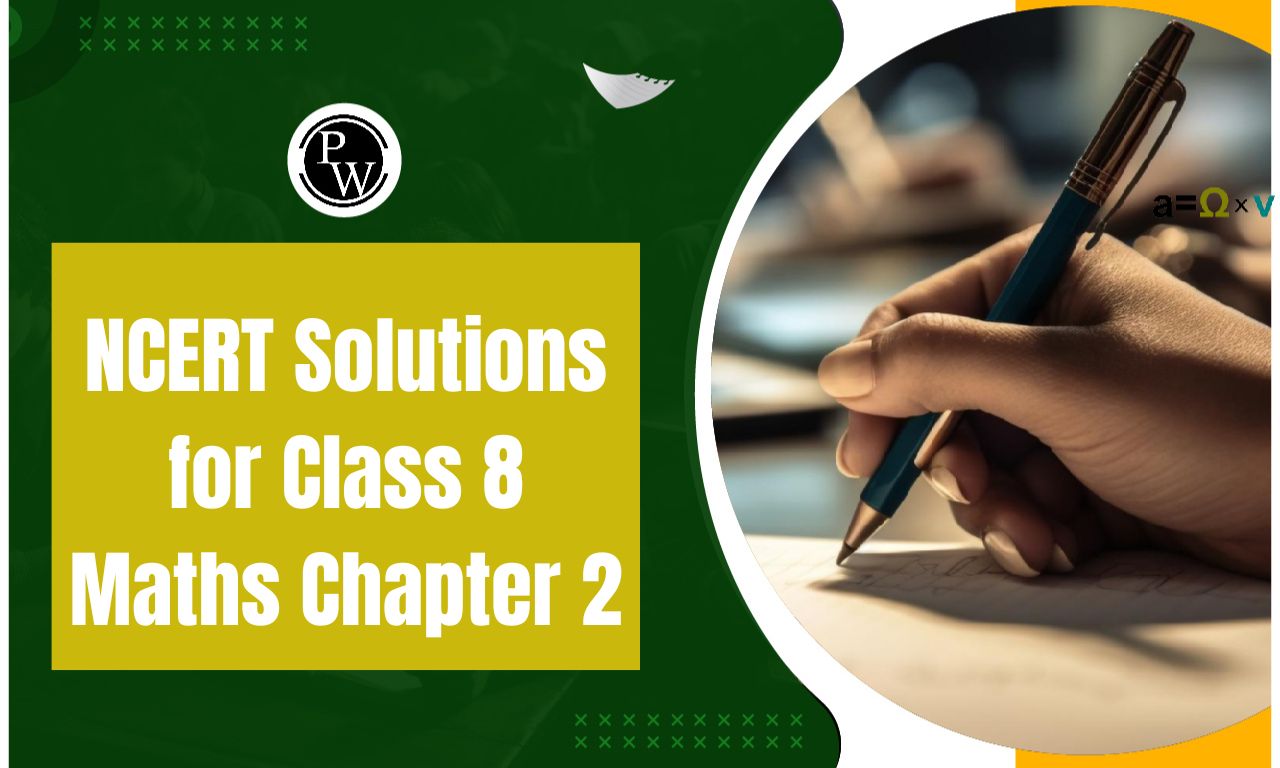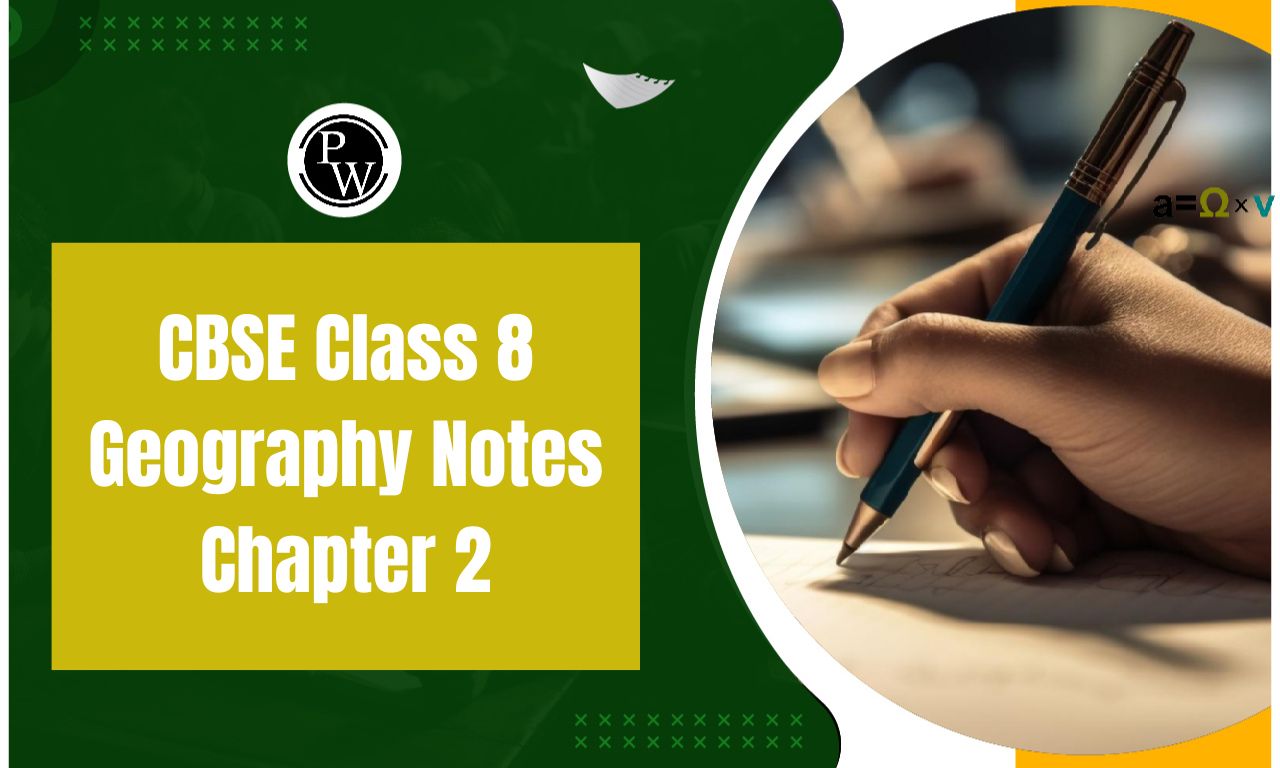
RS Aggarwal Solutions for Class 8 Maths Chapter 5 Exercise 5.4: The Physics Wallah academic team has produced a comprehensive answer for Chapter 5: Playing with Numbers in the RS Aggarwal class 8 textbook. One should read Chapter 5 Playing with Numbers Theory before attempting to solve all of the numerical problems in exercise 5D.
This will ensure that you have a firm understanding of Chapter 5 Playing with Numbers. For class 8 maths students, the NCERT textbook is a highly recommended resource for solving numerical problems and referencing NCERT solutions.RS Aggarwal Solutions for Class 8 Maths Chapter 5 Exercise 5.4 Playing with Numbers Overview
Chapter 5, "Playing with Numbers," in RS Aggarwal's Class 8 Maths textbook, focuses on enhancing students' understanding of numbers through various concepts, including divisibility, factors, and multiples. Exercise 5.4 (Ex 5D) emphasizes the exploration of co-prime numbers, understanding common factors, and solving problems related to the greatest common divisor (GCD) and least common multiple (LCM). In Exercise 5.4, students learn how to identify co-prime numbers, which are pairs of numbers with no common factors other than 1. The exercise helps students practice finding the common factors of numbers and understanding how these factors relate to GCD and LCM. Problems in this exercise challenge students to calculate the GCD and LCM using both prime factorization and division methods, reinforcing their understanding of the relationship between these two concepts.RS Aggarwal Solutions for Class 8 Maths Chapter 5 Exercise 5.4 PDF
Below we have provided RS Aggarwal Solutions for Class 8 Maths Chapter 5 Exercise 5.4 in detail. This chapter will help you to clear all your doubts regarding the chapter. Students are advised to prepare from these RS Aggarwal Solutions for Class 8 Maths Chapter 5 Exercise 5.4 before the examinations to perform better.RS Aggarwal Solutions for Class 8 Maths Chapter 5 Exercise 5.4 PDF
RS Aggarwal Solutions for Class 8 Maths Chapter 5 Exercise 5.4 (Ex 5D)
Below we have provided RS Aggarwal Solutions for Class 8 Maths Chapter 5 Exercise 5.4 Playing with Numbers-Tick (√) the correct answer in each of the following:
Question (1) If 5×6 is exactly divisible by 3, then the least value of x is
Ans: (b) 1
5 + x + 6 = (11 + x) must be divisible by 3. This happens when x = 1 or 4 or 7. Since x is digit, it cannot be more than 9. ∴ x = 1Question (2) If 64y8 is exactly by 3, then the least value of y is
Ans: (a) 0
6 + 4 + y + 8 = 18 + y This is divisible by 3 as y is equal to 0.Question (3) If 7×8 is exactly divisible by 9, then the least value of y is
Ans: (c) 3
7 + x + 8 = 15 + x 18 is divisible by 9. Therefore, 15 + x = 18 ⇒ x = 3Question (4) If 37y4 is exactly divisible by 9, then the least value of y is
Ans: (d) 4
3 + 7 + y + 4 = 14 + y ∴ 14 y = 18 ⇒ y = 18 – 14 = 4Question (5) If 4xy7 is exactly divisible by 3, then the least value of (x + y) is
Ans: (a) 1
4 + x + y +7 = 11 + (x + y) ⇒ 11 + (x + y) = 12 ⇒ (x + y) = 12 – 11 = 1Question (6) If x7y5z is exactly divisible by 3, then the least value of (x + y) is
Ans: (d) 3
x + 7 + y + 5 = (x + y) + 12 This sum is divisible by 3 is x + y + 12 is 12 or 15. ∴ x + y + 12 = 12 ⇒ x + y = 12 – 12 = 0 But x + y cannot be 0 because x and y will habe to be 0. ∴ x + y + 12 = 15 ⇒ x + y = 15 – 12 = 3Question (7) If x4y5z exactly divisible by 9, then the least value of (x + y + z) is
Ans: (c) 9
X + 4 + y + 5 + z = 9 + (x + y + z) This equation is equal to 0 for the number x4y5z to be divisible by 9. But x is the first digit, so it can’t be 0. ∴ x + 4 + y + 5 +z = 18 ⇒ x + y + z = 18 – 9 = 9Question (8) If 1A2B5 is exactly divisible by 9, then the least value of (A + B) is
Ans: (b) 1
1 +A + 2 + B + 5 = (A + B) + 8 The number is divisible by 9 is (A + B) = 1Question (9) If the 4-digit number x27y is exactly divisible by 9, then the least value of 9x + y) is
Ans: (d) 9
X + 2 + 7 + y = (x + y) + 9 This sum will be divisible by 9, if (x + y) is 0. Since, x is the first digit it can never be 0. ∴ x + y + 9 = 18 ⇒ x + y = 9Benefits of RS Aggarwal Solutions for Class 8 Maths Chapter 5 Exercise 5.4
Here are the key benefits of using RS Aggarwal Solutions for Class 8 Maths Chapter 5 Exercise 5.4 (Ex 5D), "Playing with Numbers": 1. Comprehensive Understanding of Co-Prime NumbersIdentification Skills: Students learn how to identify co-prime numbers, which are pairs of numbers with no common factors other than 1. This knowledge is foundational for advanced number theory.
Real-Life Application: Understanding co-prime numbers helps in various real-life applications, such as cryptography and coding.
2. Strengthened Grasp of GCD and LCMEfficient Calculation: The solutions provide efficient methods for calculating the greatest common divisor (GCD) and least common multiple (LCM), enhancing computational skills.
Multiple Methods: Students learn different approaches to finding GCD and LCM, such as prime factorization and the division method, broadening their mathematical toolkit.
3. Improved Problem-Solving SkillsLogical Thinking: The exercise encourages logical reasoning and analytical thinking, essential skills for solving complex mathematical problems.
Pattern Recognition: By practicing these exercises, students develop the ability to recognize patterns and relationships between numbers, boosting their problem-solving efficiency.
RS Aggarwal Solutions for Class 8 Maths Chapter 5 Exercise 5.4 FAQs
What topics are covered in Exercise 5.4 (Ex 5D) of Chapter 5?
How do RS Aggarwal Solutions help in understanding co-prime numbers?
Why is learning about GCD and LCM important?
How do these solutions enhance problem-solving skills?

